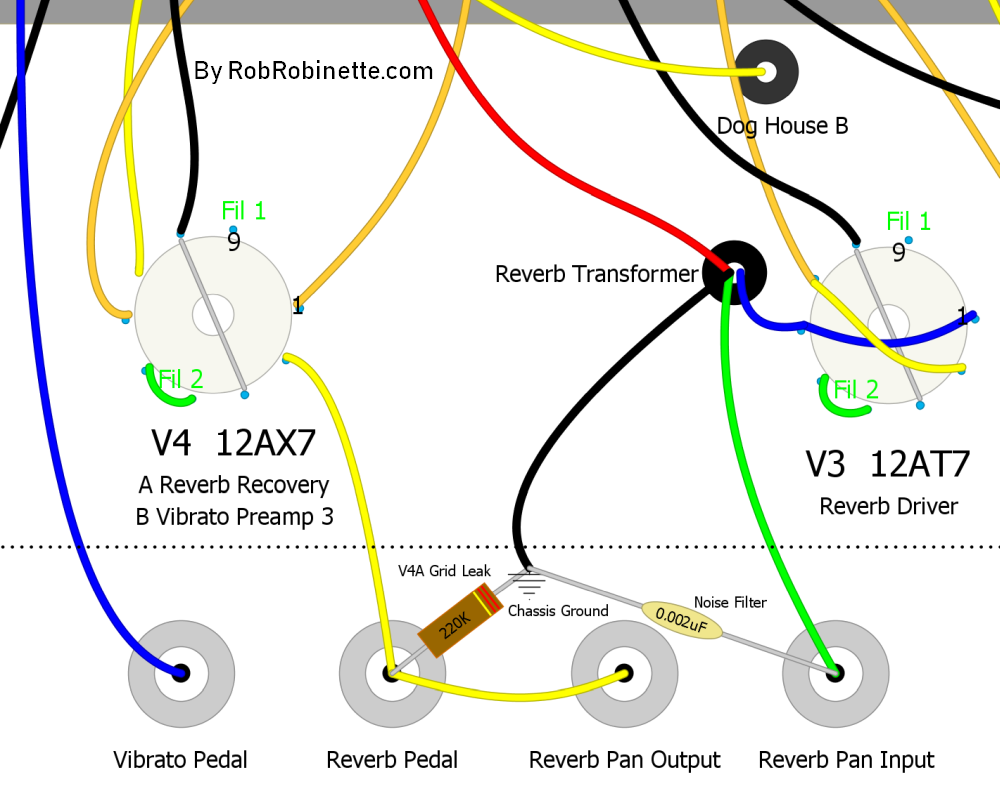Originally posted by Helmholtz
View Post




 I'm having a little fun I suppose.
I'm having a little fun I suppose.


 Here listed all the proposals discussed in the last days:
Here listed all the proposals discussed in the last days:





Comment